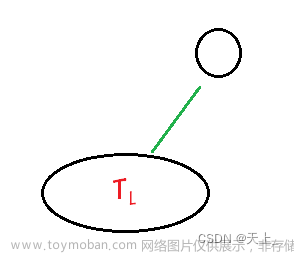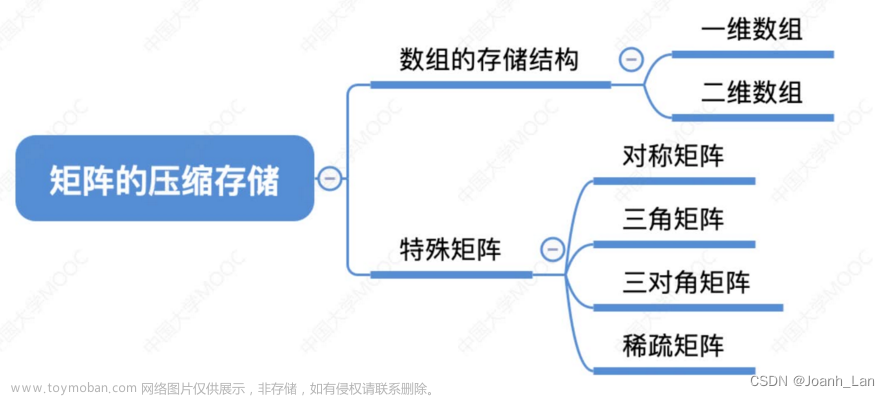题记:
给你一个 下标从 0 开始 的整数数组 nums ,返回满足下述条件的 不同 四元组 (a, b, c, d) 的 数目 :
-
nums[a] + nums[b] + nums[c] == nums[d],且 a < b < c < d
示例 1:
输入: nums = [1,2,3,6]
输出: 1
解释: 满足要求的唯一一个四元组是 (0, 1, 2, 3) 因为 1 + 2 + 3 == 6 。
示例 2:
输入: nums = [3,3,6,4,5]
输出: 0
解释: [3,3,6,4,5] 中不存在满足要求的四元组。
示例 3:
输入: nums = [1,1,1,3,5]
输出: 4
解释: 满足要求的 4 个四元组如下:
- (0, 1, 2, 3): 1 + 1 + 1 == 3
- (0, 1, 3, 4): 1 + 1 + 3 == 5
- (0, 2, 3, 4): 1 + 1 + 3 == 5
- (1, 2, 3, 4): 1 + 1 + 3 == 5
提示:
4 <= nums.length <= 501 <= nums[i] <= 100
题目来源: https://leetcode.cn/problems/count-special-quadruplets/description/文章来源:https://www.toymoban.com/news/detail-734035.html
解题方法:
暴力解决文章来源地址https://www.toymoban.com/news/detail-734035.html
class Solution {
/**
* @param Integer[] $nums
* @return Integer
*/
function countQuadruplets($nums) {
$count = 0;
for ($d = count($nums) - 1; $d > 2; $d--) {
for($c = $d - 1; $c > 1; $c--) {
for ($a = 0; $a < $d - 2; $a++) {
for ($b = $a + 1; $b < $c; $b++) {
if ($nums[$a] + $nums[$b] + $nums[$c] == $nums[$d]){
$count++;
}
}
}
}
}
return $count;
}
}
到了这里,关于统计特殊四元组的文章就介绍完了。如果您还想了解更多内容,请在右上角搜索TOY模板网以前的文章或继续浏览下面的相关文章,希望大家以后多多支持TOY模板网!











